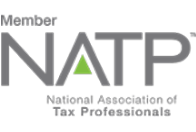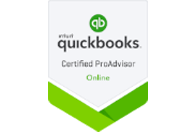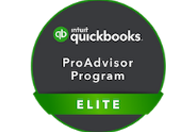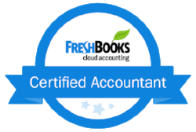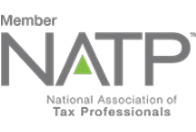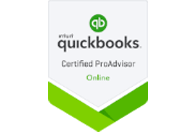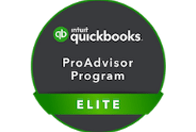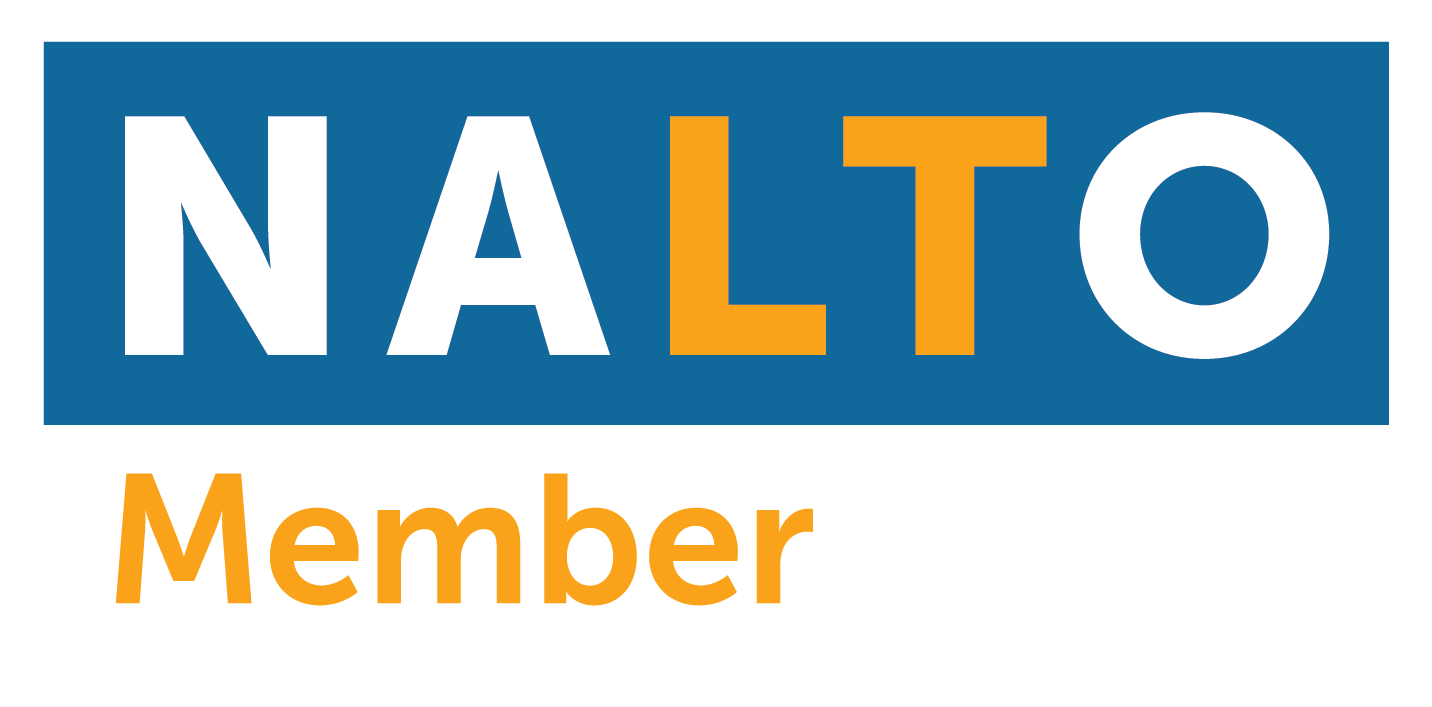As the tax season ends, it’s important to remember that paying taxes is not a once-a-year activity. The government describes taxes as pay-as-you-go, meaning taxes need to be paid as you earn or receive your income hence the tax withholdings on your paychecks. But if you’re a small business owner, self-employed, independent contractor, locum tenens, or in the gig economy, you may have to pay estimated taxes every quarter to avoid underpayment penalties since you have no one to withhold and remit the taxes for you.
Estimated Tax Payments
Estimated tax refers to the amount of tax on income, not subject to withholding tax, that is expected to be earned throughout the year. The estimated tax shall be paid on a quarterly basis rather than waiting for the year-end to pay a lump sum amount. Examples of income not subject to withholding taxes are self-employment income, interests, dividends, rent, etc.
You may also be subject to pay estimated quarterly tax payments even if you’re an employee if you expect that the withholding taxes from your paychecks will not be enough to cover your tax obligation for the full year. If you wish to avoid the estimated quarterly tax payments, the IRS (Internal Revenue Service) gives you the option to ask your employer to increase the taxes taken from your earnings. You may do this by filing out a new Form W-4, Employee’s Withholding Certificate, with your employer.
The estimated tax has four due dates but is not necessarily divided into four equal periods. Refer to the table below for the regular quarterly deadline to pay estimated taxes.
| Period the Income is Earned | Tax Payment Due Date |
| January 1 to March 31 | April 15 |
| April 1 to May 31 | June 15 |
| June 1 to August 31 | September 15 |
| September 1 to December 31 | January 15 of the following year |
If the due date falls on a weekend or a legal holiday, the due date will be moved to the next business day.
Note that you may skip the January 15 payment due date if you can manage to file your return by January 31 and pay all your remaining tax liabilities along with it.
Who is Required to Pay Estimated Taxes?
If you are self-employed, an independent contractor, in the gig economy, or own a small business it is most likely that you will be required to pay quarterly estimated taxes, if none or insufficient taxes are being withheld from your sources of income.
In general, you must pay estimated taxes if you project to owe at least $1,000 in tax (net of withholding and refundable credits) during the year.
Moreover, you are required to pay the estimated taxes if your withholding taxes and refundable credits will not be enough to cover the following, whichever is less:
- 90% of the tax to be shown on your current tax return (66.67% for fishermen and farmers), OR
- 100% of the tax liability showed in your last year’s tax return (110% if your adjusted gross income is over $150,000)
How to Compute for Estimated Tax?
Calculating your estimated taxes can be complicated but the IRS has provided tools to help you compute your tax estimates.
You will need information on your gross income, taxable income, deductions, and tax credits for the year. You may also use your previous year’s return as guide to estimate your current year’s tax liability.
Basically, you need to make a projection of your total earnings for the year. Then once you have the necessary information, you may use the Form 1040-ES worksheet to compute your estimated tax. Once you’ve determined the amount of tax you will owe, just divide it into four and make quarterly tax payments. It is important to note that if your income changes during the year, you may have to adjust your payments accordingly.
Projecting your total earnings may be easier for those who generate income on a steady level throughout the year. But if you have a fluctuating income level during the year, you may opt to compute your estimated taxes for each quarter based on your net earnings per period. This happens in businesses or professions in which demand for their services is affected by seasons. In this case your tax payments will vary per quarter.
In either case, you will use Form 1040-ES which includes a worksheet that can help you compute your estimated tax. If in case you’ve estimated your taxes to be too high or too low, just complete another Form 1040-ES worksheet to adjust your taxes for the next payment period.
How to Pay Estimated Tax?
There are several ways to make quarterly estimated tax payments. You may pay in cash with a maximum of $1,000 per day and per transaction. You may also email a check or money order to the IRS along with Form 1040-ES. Note that cash payments by mail are not accepted.
You can also make payment using your IRS Online account or by using the Electronic Federal Tax Payment System (EFTPS). You may also pay using your mobile device by downloading the IRS2Go app.
Penalties on Underpayment of Estimated Tax
If you don’t pay enough in quarterly estimated taxes, IRS may impose an underpayment penalty and interest. The penalty is based on the unpaid taxes and the number of days it remains outstanding. Avoid these penalties by paying the correct estimated taxes in a timely manner.
In summary, paying your estimated taxes may seem overwhelming but it is an important responsibility of taxpayers especially if you are self-employed or have income that is subject to income tax. Make sure to pay the correct amount of estimated taxes on a timely basis to avoid late or under payment penalties and interests.
It is best to consult with a tax professional if you are unsure whether you are required to make the quarterly payments or if you need help in computing your tax liabilities.
You may want to consult and work with 1099 Accountant – We offer online bookkeeping, online advisory services and online tax and accounting services. We offer reasonable rates. We only work with independent contractors, freelancers, and one-person business. We work with locum tenens from California to New York City and everywhere in between. Yes, even Hawaii!
Contact us toll-free (855)529-1099 or make an appointment for a free consultation. https://1099accountant.com/contact/

